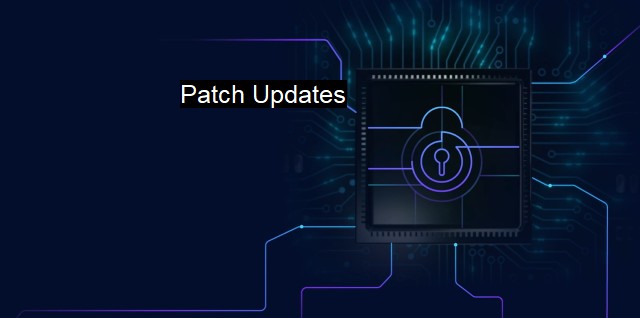What are Patch Updates?
Everything you Need to Know about Patch Updates: Safeguarding Cybersecurity and Antivirus
Patch updates, in the context of cybersecurity and antivirus programs, are crucial components built to enhance the security parameters of a system. They are akin to virtual vaccines, providing the system with updated safeguards to better combat any possible attacks from malware or hackers.Describing the necessity or importance of patch updates returns us to the fact that the digital universe is constantly evolving. With technology progressing and new developments surfacing at an exponential rate, security threats are evolving as well and an antivirus, by its very nature, remains as good as its most recent form. Cybercriminals are persistently exploring ways to find vulnerabilities in digital assets, distributing new viruses and constantly modifying their tactics. Given this, cybersecurity components have to simultaneously bolster and maintain their defenses, perpetually innovating so as to latch on to the most recent threats in the antivirus universe.
Patch updates processed either manually or automatically help bridge that gap by providing software with the latest security provisions and performances. A patch essentially provides code changes for existing software. These patches tackle issues, nullify vulnerabilities, and provide improved functionalities substantially reducing the risk of potential cyber threats breaching the system’s defense.
Software vulnerabilities could be exploited to illegally access sensitive data, disrupt operations, or even install malicious software. Hackers frequently crack systems by looking for such vulnerabilities that have been left unpatched. This brings to the foreground the importance of both, antivirus and patch updates alike. They act like layers of an interconnected web of security that uniformly bolster the defenses of the system.
Patch updates are also important in terms of legal compliance. Various jurisdictions enforce regulations that enforce regular update schedules in certain sectors, especially in the industries that deal with sensitive user data like health, finance, or personal information. Neglecting these updates in such sectors doesn't just compromise the system’s security but it might also attract legal reprimands in the form of fines or sanctions.
Neglecting patch updates also opens up a possibility for a "zero-day attack". Zero-day attacks exploit vulnerabilities that new malware variants take advantage of, even before the antivirus or software vendor catches wind of these and issues a patch. Thus, antivirus systems schedule regular checks for new patches, while vendors attempt to release patches as swiftly as they can after being alerted of an existing vulnerability.
The patch update process, although important, needs to be monitored and handled suitably. Rushed patching, without a proper check could backfire as it may have compatibility issues affecting system performance or may contain new bugs. Vendors go through the process of testing patches before releasing them for public use, but even this is not a completely fool-proof process. Hence, implementing a well-formulated patch management plan that includes regular scanning and testing is paramount to maintaining balanced cybersecurity.
Patch updates, designed to combat the ever-evolving sphere of security threats, are indispensable facets of cybersecurity and antivirus mechanisms today. As much as they safeguard digital assets, still they reinforce the cybersecurity infrastructure overall. Staying ahead of vulnerabilities prevents zero-day attacks, satisfies legal obligations, and works in the best interest of preserving the system’s integrity. With vigilant management and efficient execution, patch updates emerge as an invaluable placeholder in the realm of cybersecurity and antivirus processes.

Patch Updates FAQs
What are patch updates?
Patch updates refer to software updates that are released by developers to fix vulnerabilities, bugs, and security gaps in software programs or operating systems. These updates aim to improve a program's performance and security feature.Why are patch updates important for cybersecurity?
Patch updates are crucial for cybersecurity because they provide fixes for known security vulnerabilities in software programs. Cybercriminals often exploit these vulnerabilities to gain unauthorized access to systems and steal sensitive information. By applying patch updates promptly, users can protect their systems and data from these threats.How often should I update my antivirus software?
It's recommended that you update your antivirus software regularly, preferably daily, as new malware and viruses are discovered every day. Antivirus programs rely on a database of known threats to protect your system, and by updating your antivirus regularly, you ensure it has the latest virus definitions available.What should I do if I encounter issues after installing a patch update?
If you encounter issues after installing a patch update, you should first check with the software developer's support team for guidance. They may have a solution or workaround for the issue you're experiencing. If the issue persists, you may need to uninstall the patch update or roll back your system to a previous state before the update was installed.| | A | | | B | | | C | | | D | | | E | | | F | | | G | | | H | | | I | | | J | | | K | | | L | | | M | |
| | N | | | O | | | P | | | Q | | | R | | | S | | | T | | | U | | | V | | | W | | | X | | | Y | | | Z | |
| | 1 | | | 2 | | | 3 | | | 4 | | | 7 | | | 8 | | |||||||